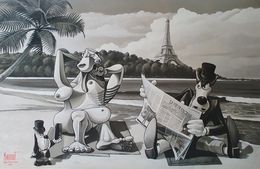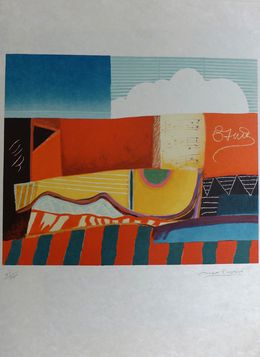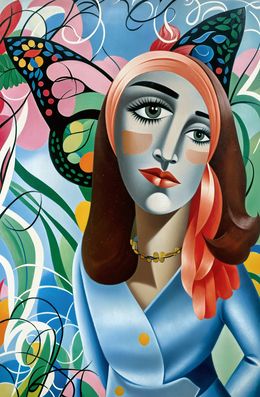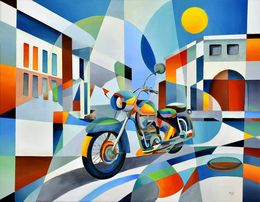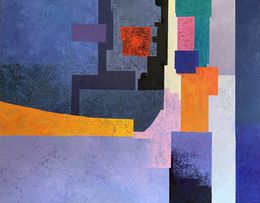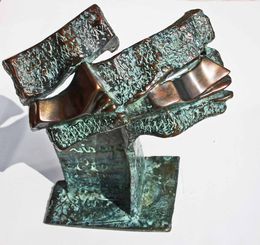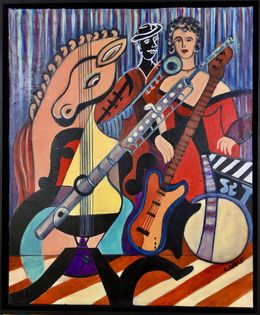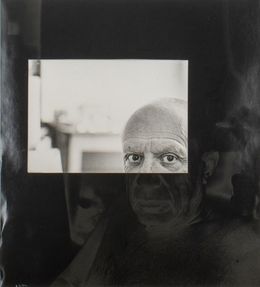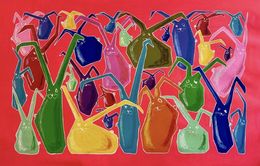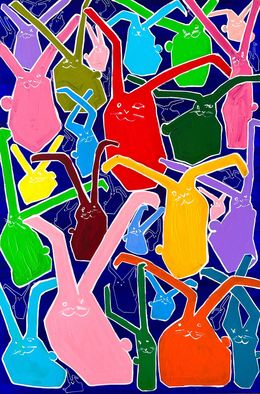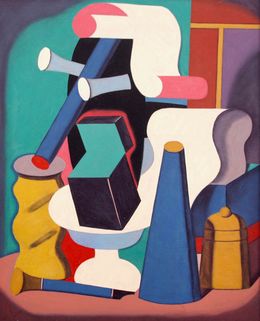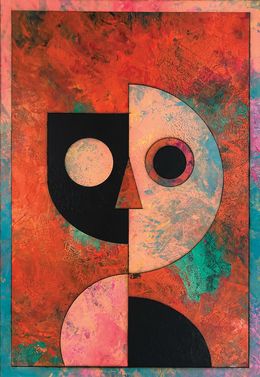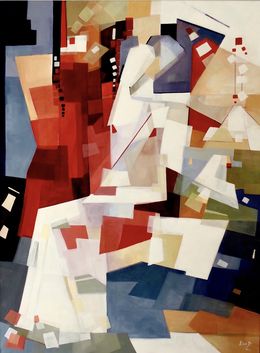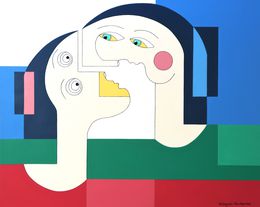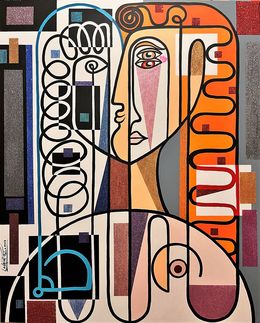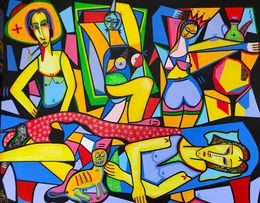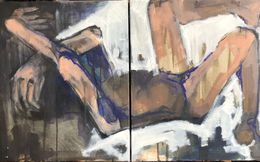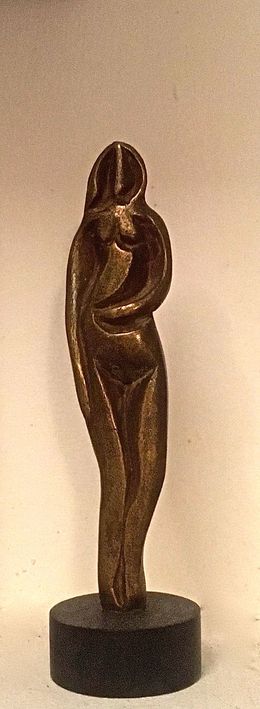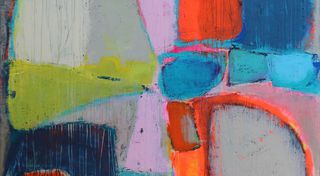
Inspired by Cubism
Cubism is one of the most important artistic movements of the 20th century. Cubist works revolutionized the traditions of representation in the Western world. Alfred Barr, the first director of MoMA, considered Cubism to be one of the precursor movements of abstract art. Despite its importance and notoriety, Cubism is sometimes difficult to understand. Read on for a short summary of this art movement, which changed the course of art history.
The key ideas of Cubism first came into being with the works of Cézanne. At the end of the 19th century, the painter began to geometrize, though subtly, still lifes and landscapes. He even declared that "it is necessary to see nature through the cylinder, the sphere, the cone, and all of it put into perspective". Primitive art, especially the masks and objects of African tribes, also played a role in the birth of the movement. Artists were interested in their method of construction that focused on the use of very simple elemental forms such as circles or lines, but still produced objects that had an inner strength.
Cubism really appeared at the end of the first decade of the 20th century thanks to Pablo Picasso and Georges Braque. The work that definitively announced the beginning of the movement is Picasso's painting Les demoiselles d'Avignon (1906-1907). This impressive painting depicts five women with angular bodies. From 1908 to 1910, Picasso and Braque developed a 'Cézannien' cubism. The forms were more geometric but still very recognizable, as in Still Life with a Fruit Bowl by Braque in 1908.
Cubism is above all the fragmentation of the visual world as we see it. It is the search for a new model of representation, a model where artists take full advantage of the flexibility that painting and sculpture offer them. They discovered that in painting it was possible to represent an object simultaneously from several points of view. This is how "analytical" cubism began, developing between 1910 and 1912. The artists' palette became more restricted and less saturated, the subjects were painted with all their features, though represented in fragments. The rendering therefore sometimes becomes difficult to interpret.
Between 1912 and 1914 'synthetic' cubism arrived. Braque, and then Picasso, became interested in collage and began to create compositions from several materials. They used pieces of newspapers and even made puns in their works.
Alongside the cubism of Picasso and Braque, painters such as Albert Gleizes, Henri Le Fauconnier, Fernand Léger and Jean Metzinger developed their own style of cubism nicknamed "salon cubism" because their works were accepted by the Parisian salons. The cubist style continued to spread in Europe throughout the early 20th century.
Discover with Artsper both emerging and renowned contemporary artists who show that Cubism continues to exist even in the 21st century.
Save your search and find it in your favorites
Save your search to find it quickly
Saved search
Your search is accessible from the favorites tab > My favorite searches
Unsaved search
A problem occurred
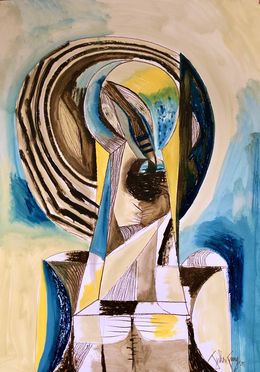

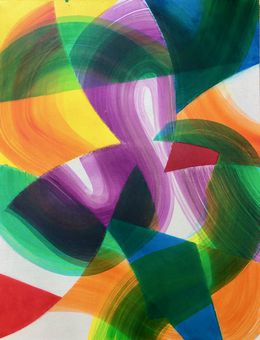
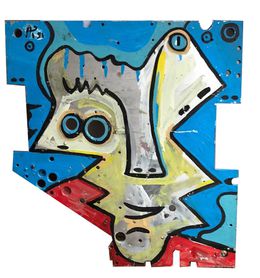
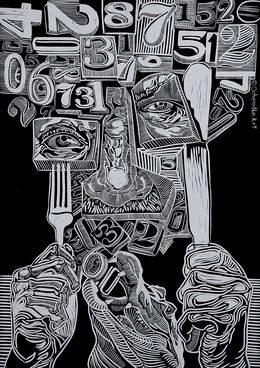

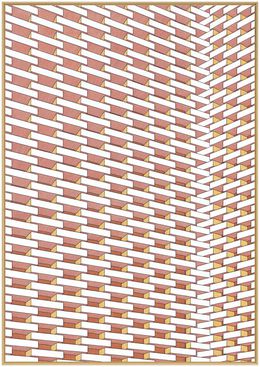
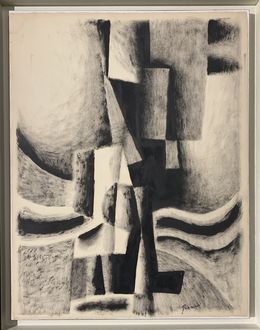
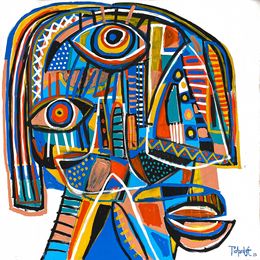
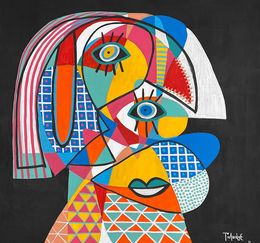
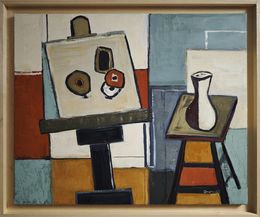



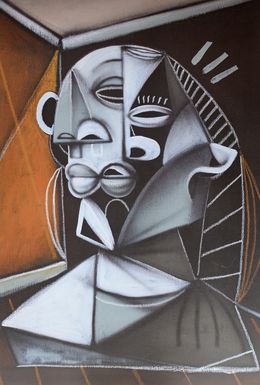
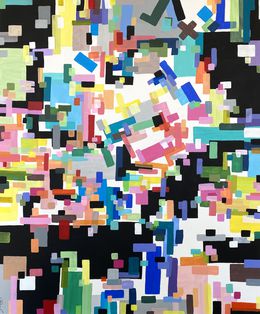

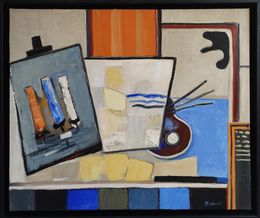
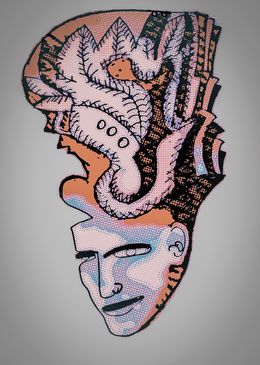

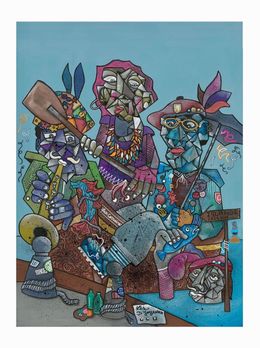



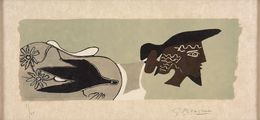
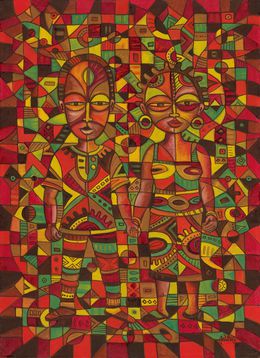




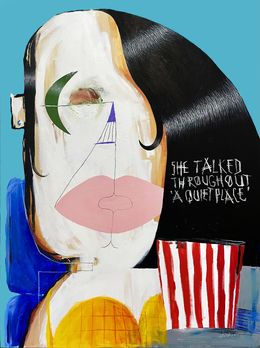
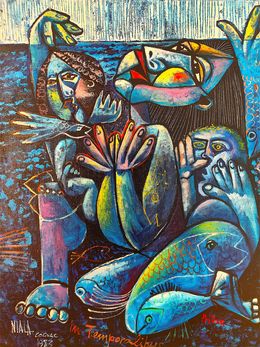
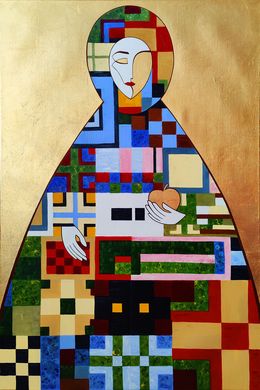
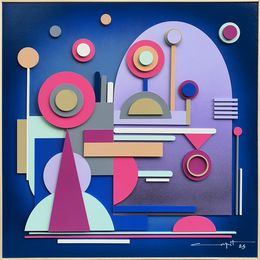
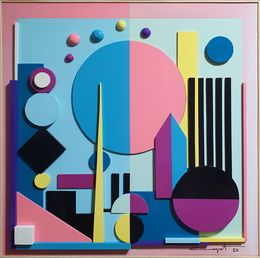

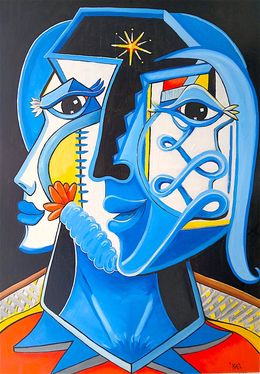

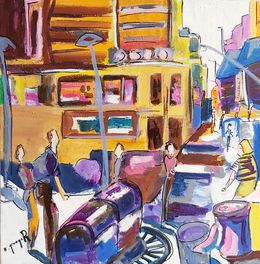

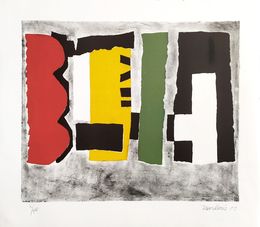

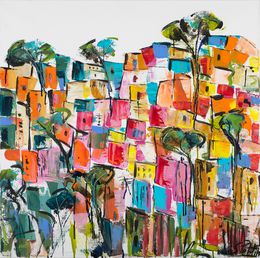
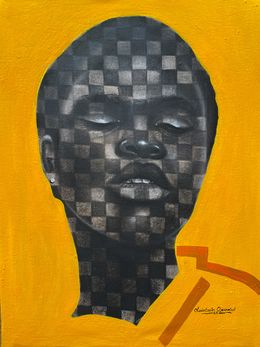
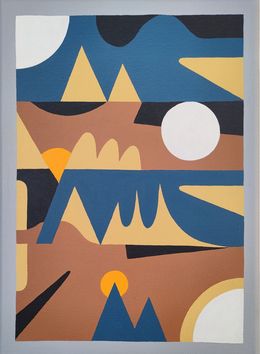
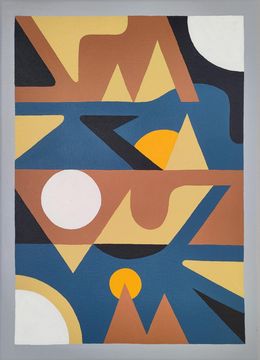
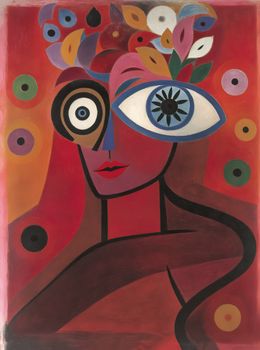
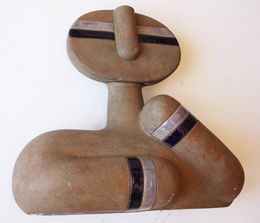
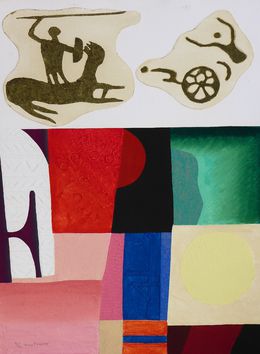


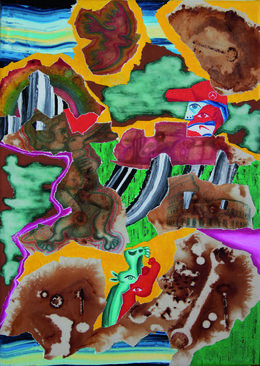



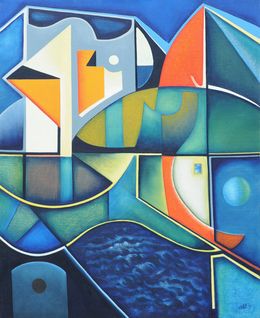
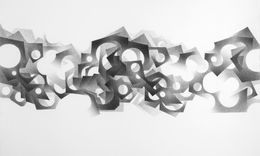
Alexander Valchev
Fine Art Drawings - 60 x 100 x 0.2 cm Fine Art Drawings - 23.6 x 39.4 x 0.1 inch
€1,070
